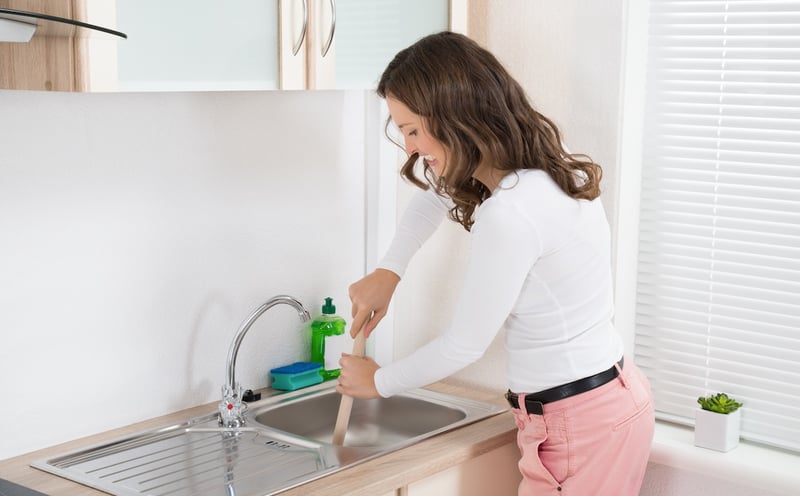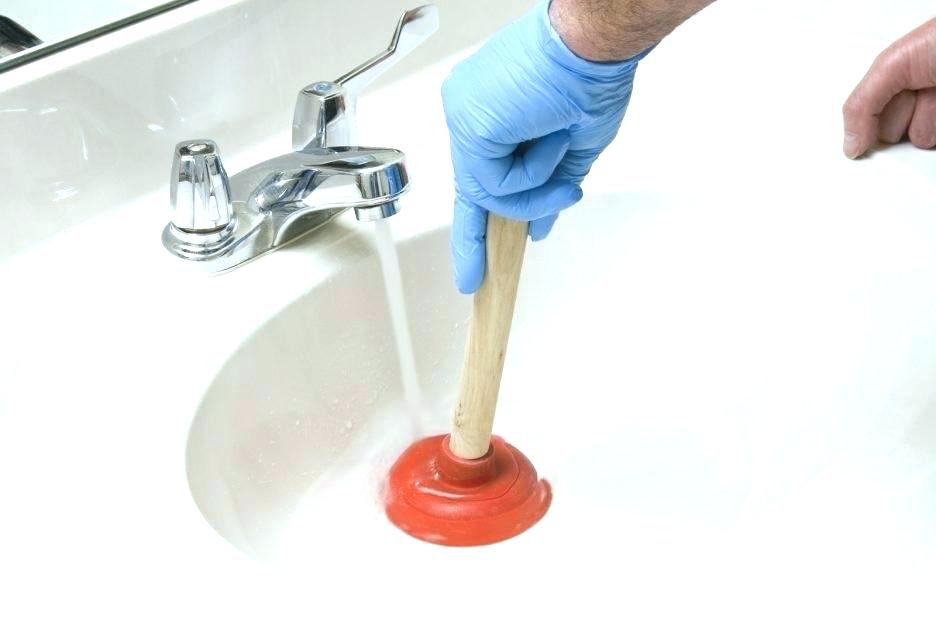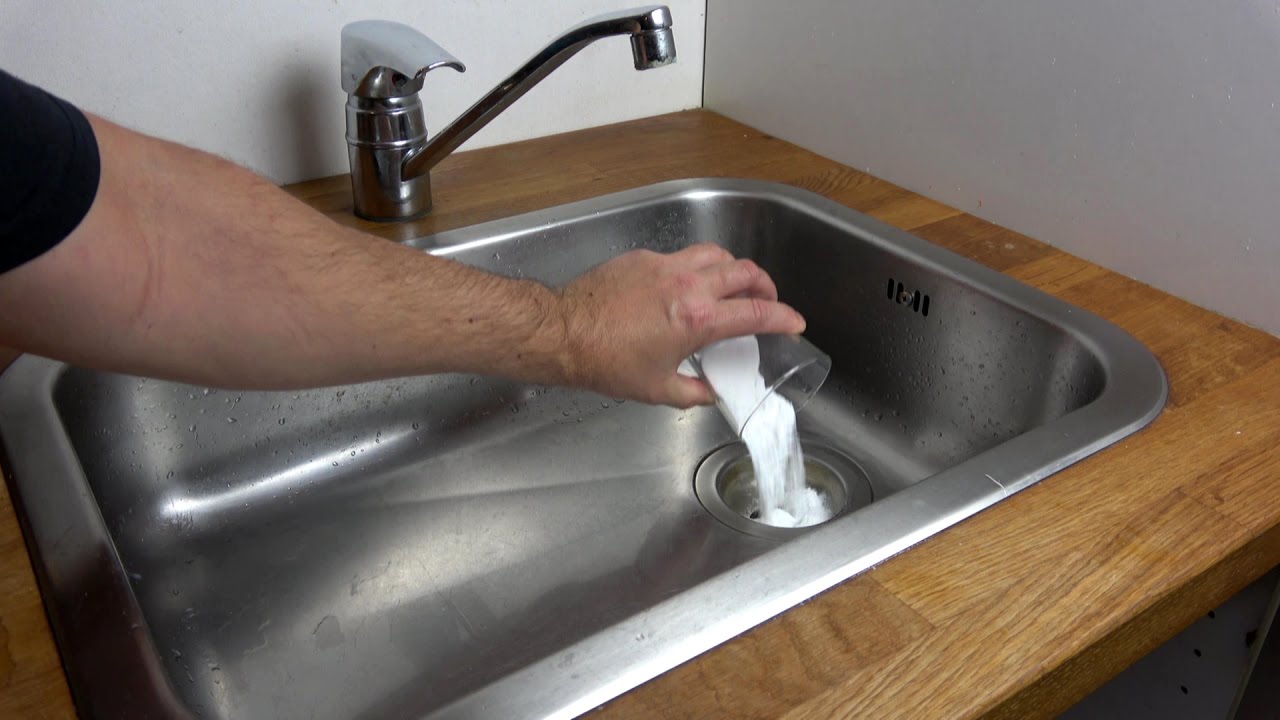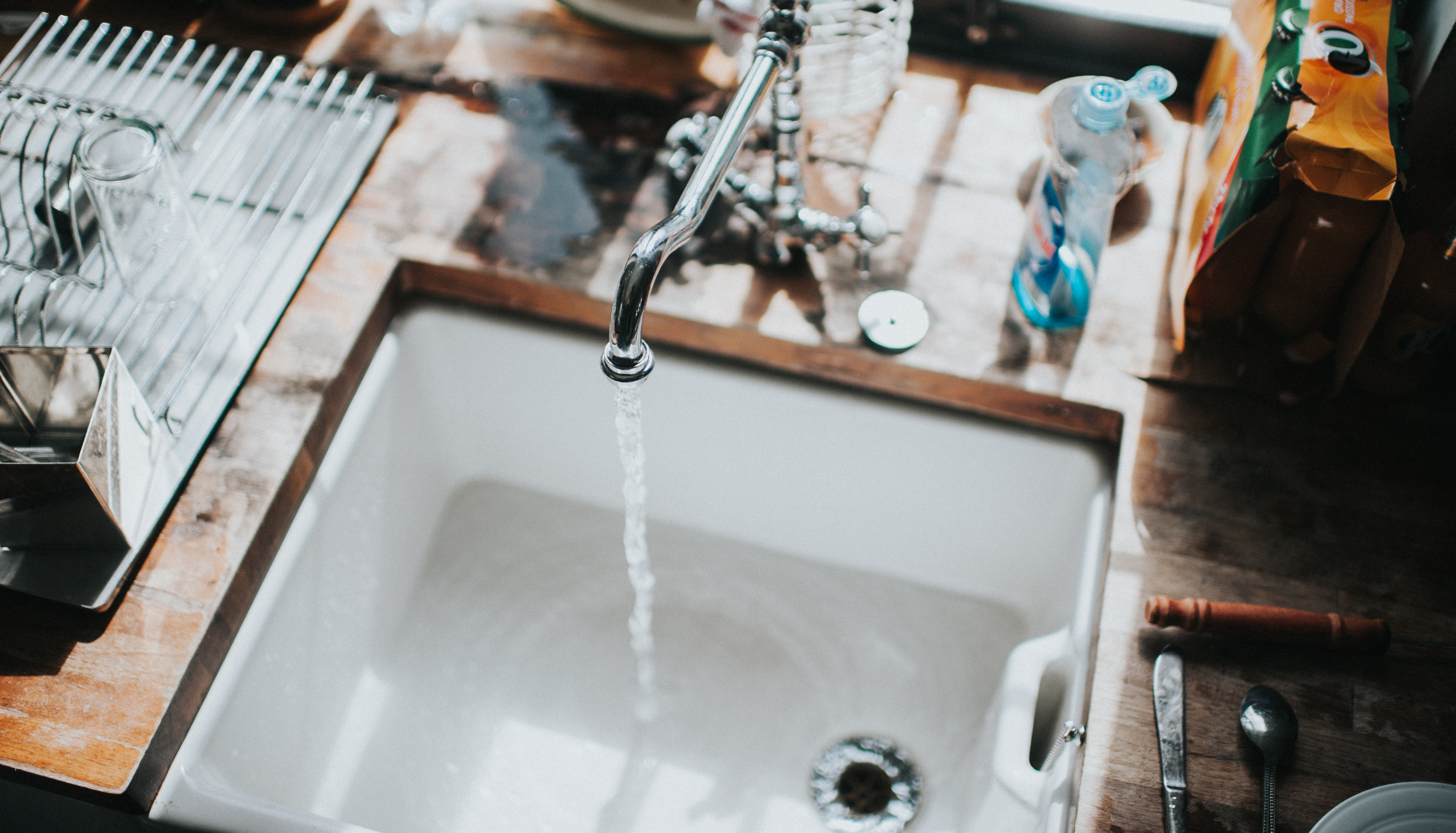What're your opinions concerning What To Do When Your Kitchen Sink Won’t Drain?

It's not regular for your kitchen sink to congest numerous times in one month. If your sink blocks two times a week, there's some problem going on.
An obstructed cooking area drain does not simply slow down your duties, it weakens your entire plumbing system, little by little. Below are some common routines that urge sink blockages, as well as just how to avoid them.
You need appropriate garbage disposal
Recycling waste is terrific, yet do you pay attention to your organic waste also? Your cooking area should have two different waste boxes; one for recyclable plastics and also another for organic waste, which can end up being garden compost.
Having actually a designated trash bag will certainly aid you as well as your family members stay clear of throwing pasta and other food residues away. Typically, these remnants absorb wetness as well as come to be obstructions.
The mistake isn't from your cooking area sink at all
Maybe the problem isn't from your kitchen sink, yet the whole water drainage system. In such an instance, you might see that sinks and also drains pipes obtain blocked every other week. You need an expert plumbing service to fix this.
You're throwing coffee down the drain
Used coffee premises and also coffee beans still soak up a substantial quantity of wetness. They may seem tiny enough to throw down the drainpipe, yet as time takes place they start to swell as well as take up more space.
Your coffee premises must enter into organic waste disposal. Whatever fraction runs away (probably while you're depleting) will be looked after during your month-to-month cleaning.
You have actually been eating a lot of oily foods
Your cooking area sink may still get obstructed despite having natural waste disposal. This may be due to the fact that you have a diet plan rich in greasy foods like cheeseburgers.
This oil coats the insides of pipelines, making them narrower as well as more clog-prone.
Use a bettor
- 1. Block the sink's overflow opening with a small dustcloth.
- 2. Place your cup-shaped sink bettor-- not a commode bettor, which has a flange for sealing a commode's electrical outlet-- over the sink drainpipe.
- 3. Fill the basin with adequate water to cover the bettor's cup.
- 4. Now plunge backwards and forwards in other words, quick movements to compel as much air as feasible down into the drain.
- 5. If the obstruction removes, you ought to see the water in the sink quickly recede.
Your pipeline wasn't fixed effectively to begin with
If you've been doing none of the above, yet still get regular obstructions in your kitchen area sink, you ought to call a plumber. There could be an issue with how your pipelines were set up.
While your plumber arrives, look for any type of leaks or abnormalities around your kitchen area pipelines. Don't try to fix the pipes on your own. This may create a mishap or a cooking area flood.
A person tried to clean their hair in the kitchen area sink
There's a correct time and area for everything. The kitchen area sink is simply not the best area to wash your hair. Cleaning your hair in the kitchen sink will certainly make it obstruct eventually unless you make use of a drain catcher.
While a drainpipe catcher could catch a lot of the fallouts, some hairs might still get through. If you have thick hair, this might suffice to slow down your water drainage and ultimately create a clog.
There's more dust than your pipes can deal with
If you obtain fruits straight from a farm, you might see more cooking area dirt than other individuals that shop from a shopping center. You can conveniently fix this by cleaning up the fruits and also veggies correctly prior to bringing them into your home.You require proper garbage disposal
5 Things to Do if You Want to Unclog Your Kitchen Sink
Trick 1: Don’t Put Vegetable Peelings Down Disposal
Although the garbage disposal is a powerful and useful way to get rid of food waste, it is not meant for certain vegetables. Don’t put potato, carrot or celery peelings down the disposal. These veggies are fibrous or contain a lot of starch which can jam the disposal motor and clog your sink drain-piping every time. There are other food items that occasionally will clog your sink. If this happens, follow the next four tips.
Trick 2: Use Your Plunger
Plunger is a must-have tool for every household because it can be used to unclog any drain in any part of the house including the kitchen. Yes, the simple plunger can unclog your kitchen sink too. When you use the plunger, plug the other holes in you kitchen sink with a rag cloth. Also, ensure that the plunger cup completely covers the clogged kitchen sink hole. Now, keep the plunger in an upright position and plunge about ten times vigorously. This should remove any vegetable peels, food leftovers or any other solids in the kitchen sink.
Trick 3: Clear the P-trap
The P-trap is the pipe below your sink that’s shaped like the letter P (on its side). You should be able to spot it when you look in the cabinet below your sink. This pipe, shaped to provide a seal against sewer odors, gets clogged when receiving larger solid objects. To unclog the P-trap, you need a pair of gloves and a bucket. You should unscrew the large nut on both the sides of the trap with your bare hands and remove the pipe. Make sure you place a bucket right below the trap to collect all the unclogged water. You can also run your hands through the pipe to remove any solid objects.
Trick 4: Use a Metal Wire
Sometimes using a metal wire to push down or pull up debris from your drain can help unclog your kitchen sink. If you don’t have a metal wire, unbend a wire hanger and use it in the kitchen drain hole. Since this is time-consuming, you’d only use this trick as a last resort. It works well when you know what’s inside the drain.
Trick 5: Use a Drain Snake
Go to your local hardware store and buy a short manual-crank drain snake. This tool is fairly inexpensive and works well unless the clog is further down the drain, past the P-trap.
If none of the above tricks work, then you should call an expert right away, especially since clogged drains are the perfect breeding ground for all kinds of bacteria and viruses.
https://www.iveyengineering.com/things-to-do-unclog-kitchen-sink/

Hopefully you liked our post on Five Ways to Fix a Slow Sink Drain. Thanks a lot for taking the time to read through our piece. Please take the opportunity to promote this write-up if you liked it. Thanks for your time. Visit us again soon.
Request Appointment


